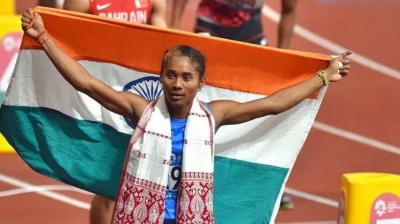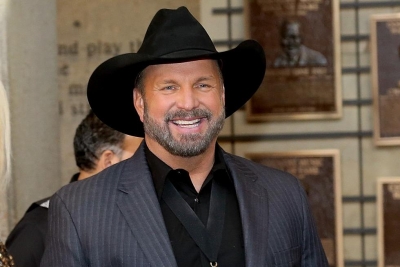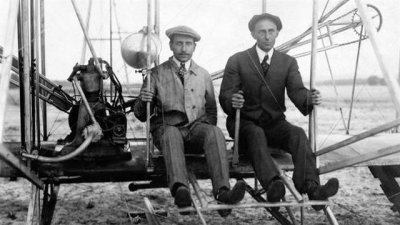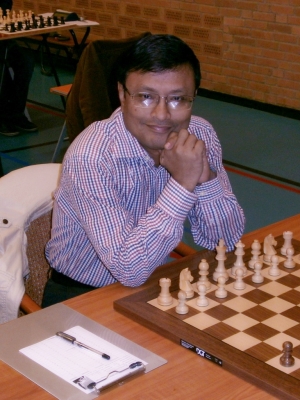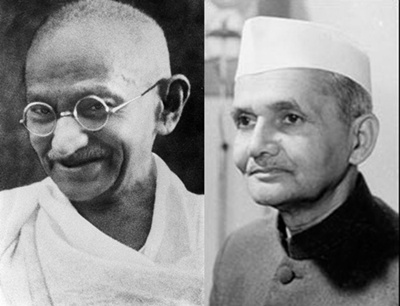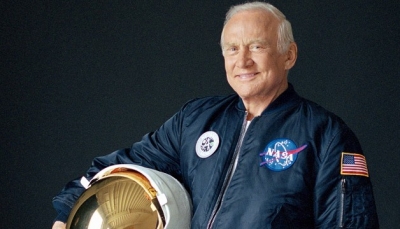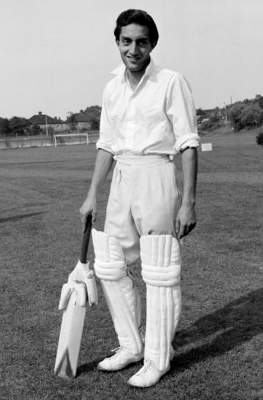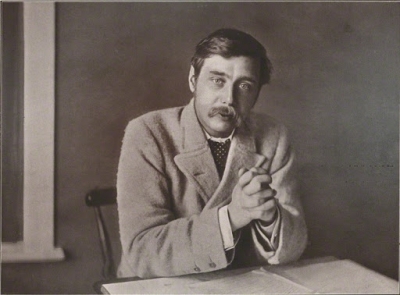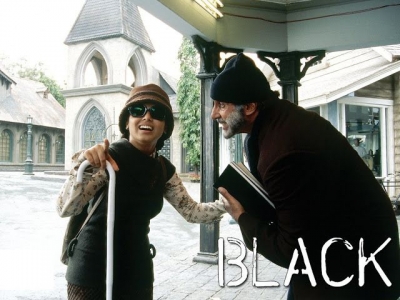At the 1972 Olympics, how many gold medals did Mark Spitz win in swimming, each with a world record?
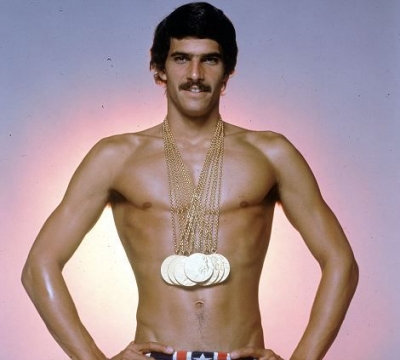
U.S. swimmer Mark Spitz wins his seventh gold medal at the 1972 Summer Olympics in Munich. Spitz swam the fly leg of the 400-meter medley relay, and his team set a new world-record time of 3 minutes, 48.16 seconds. Remarkably, Spitz also established new world records in the six other events in which he won the gold. At the time, no other athlete had won so many gold medals at a single Olympiad. The record would stand until Michael Phelps took home eight gold medals at the Beijing Games in 2008.
Having set 10 world records by the time of the 1968 Summer Olympics, the 18-year-old Spitz brazenly predicted that he would take home six gold medals from the Mexico City Olympic Games. Actually, he won just two gold medals, both in team relay events, and took home a silver in the 100-meter butterfly and a bronze in the 100-meter freestyle.
He lost his amateur status and rarely swam in competition after 1972. In 1992, at age 42, he launched a comeback bid but failed to qualify for the Barcelona Olympics. He was inducted into the International Swimming Hall of Fame in 1977 and was a member of the first class of inductees into the United States Olympic Hall of Fame in 1983.
Picture Credit : Google
